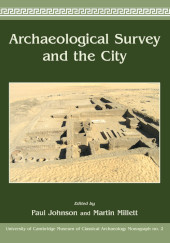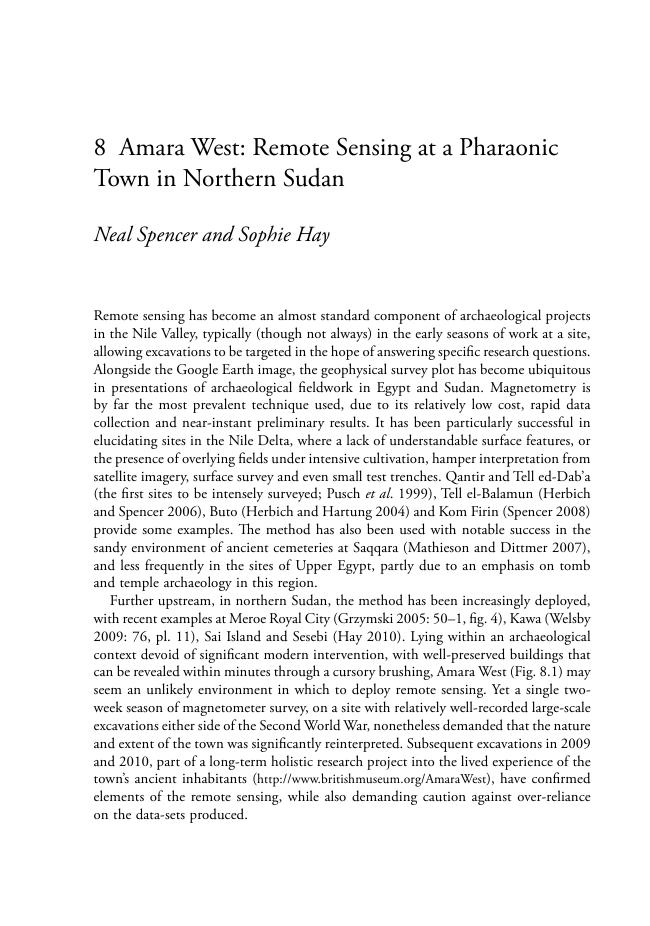Archaeological Survey and the City
288 p.
In the past 30 years archaeological field survey has become central to the practice of Classical Archaeology. During this time, approaches have developed from the systematic collection of artefacts to include the routine deployment of various geophysical and remote sensing techniques. The ability of archaeologists to reveal the topography of buried urban sites without excavation has now been demonstrated through a wide range of projects across the ancient world. Archaeological Survey and the City reviews the results of such projects and in particular discusses the ways in which the subject might develop in the future, with an emphasis on the integration of different strands of evidence and issues of archaeological interpretation rather than on the technicalities of particular methodologies. Several themes emerge from the fourteen papers. The first is the increasing number of large-area surveys providing data at a sufficient scale to make a significant contribution to our understanding of classical cities both
in the Mediterranean and beyond (eg Baelo Claudia, Caistor-by-Norwich, Xanten, Ammaia). The second theme is the generation of new types of data through the application of specific techniques to address particular questions pertaining to urban life, for instance in identifying particular industrial processes such as metal-working (eg Munigua, Wroxeter) or the increasing success in isolating cemeteries (eg Silchester). The techniques involved in identifying these phenomena complement the use of geochemical survey to characterise particular soil properties related to animal husbandry, cultivation or the creation of domestic waste deposits (eg Faleri Veteres), an area which has considerable future potential. A third theme lies in the application and integration of multiple techniques to provide new dimensions to the information available. The data from a number of survey projects have demonstrated that a single survey technique will rarely, if ever, reveal all of the potential information so there is a significa.
nt benefit to be derived from applying multiple survey-strategies to the questions being asked of a site. These themes emphasise the dynamism of research in this area, which continues to revolutionise the study of ancient cities. [Publisher's text].
Special access authorizations may apply; please contact us for further information.
-
Información
ISBN: 9781782970897
MATERIAS



